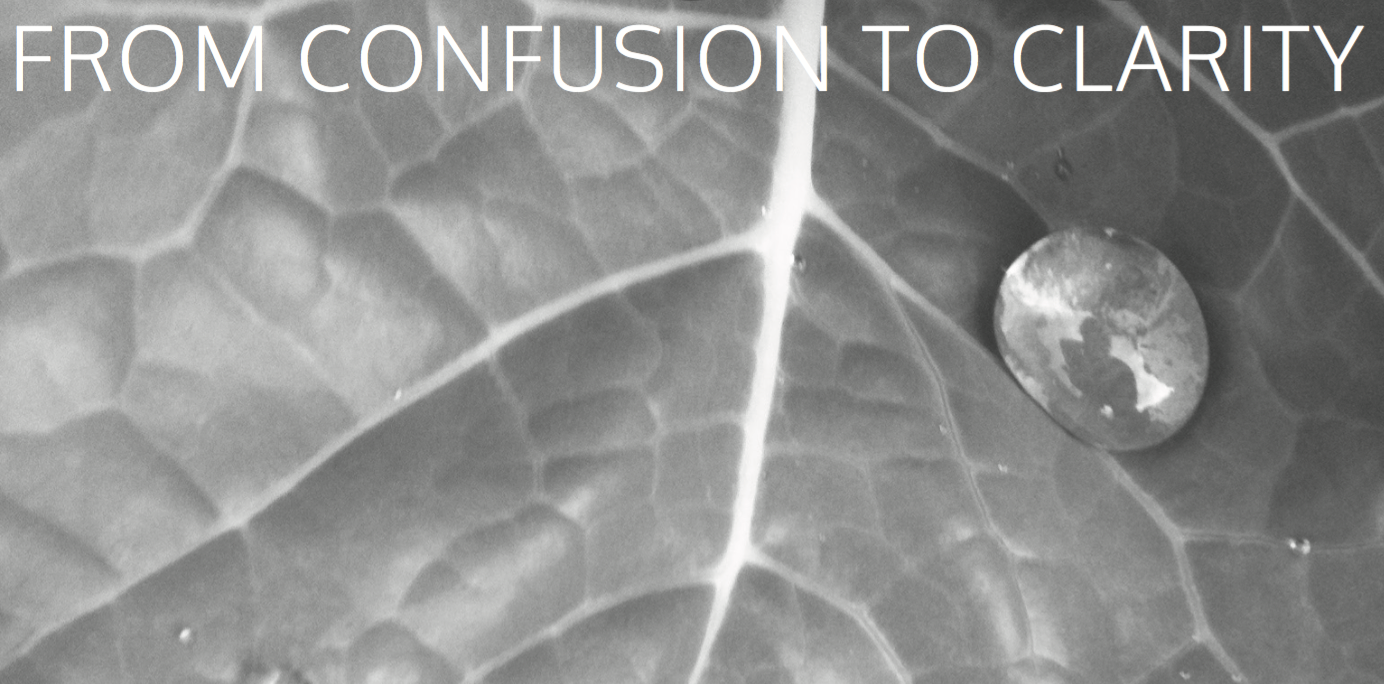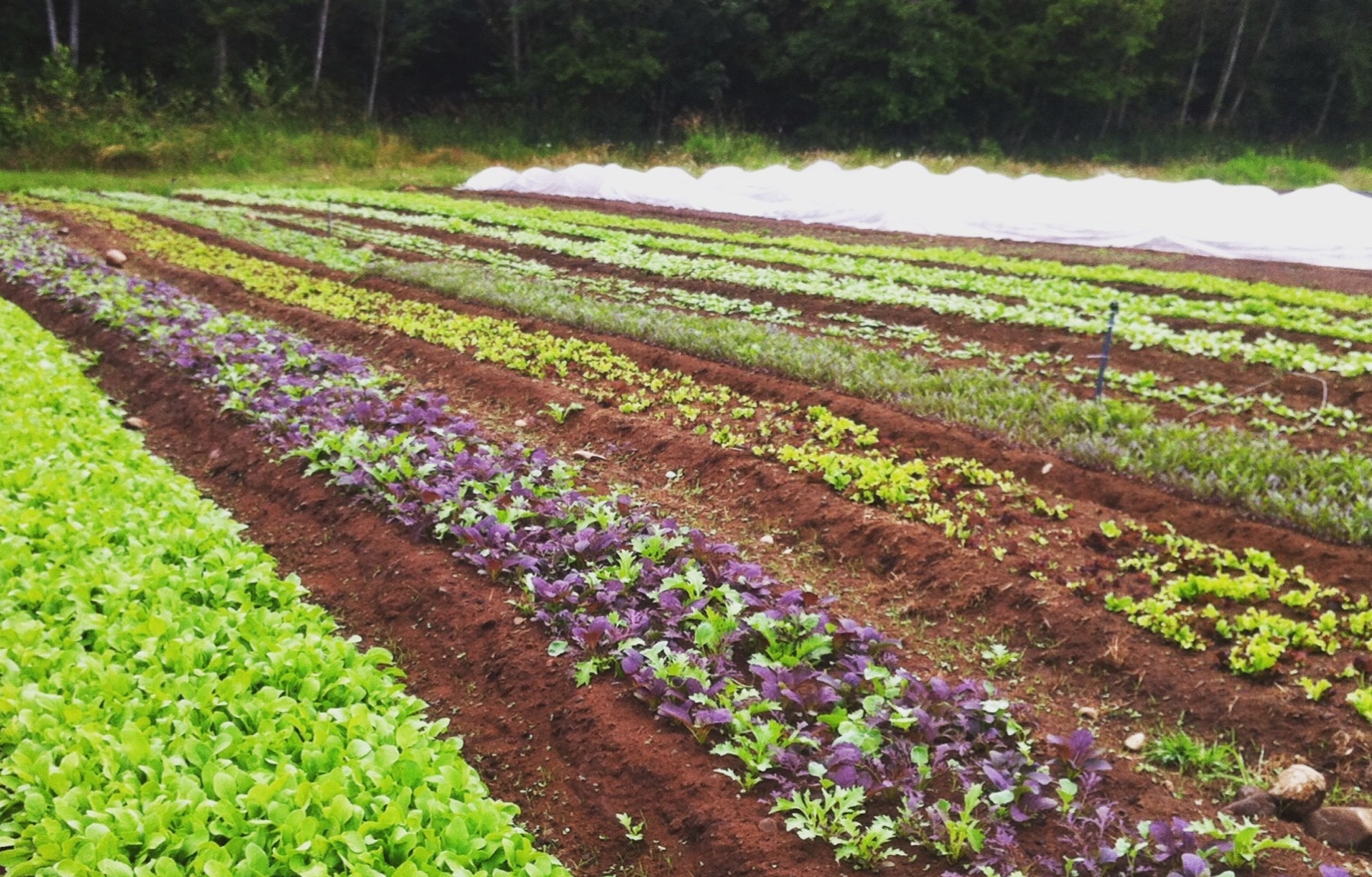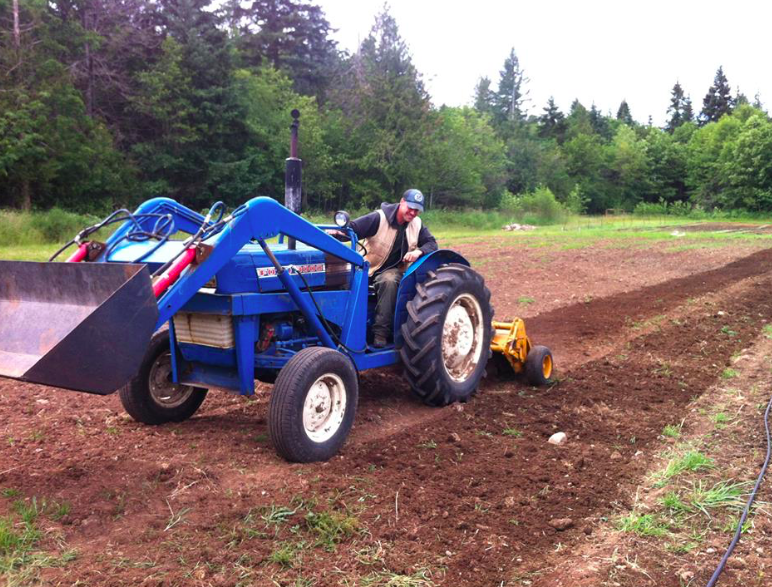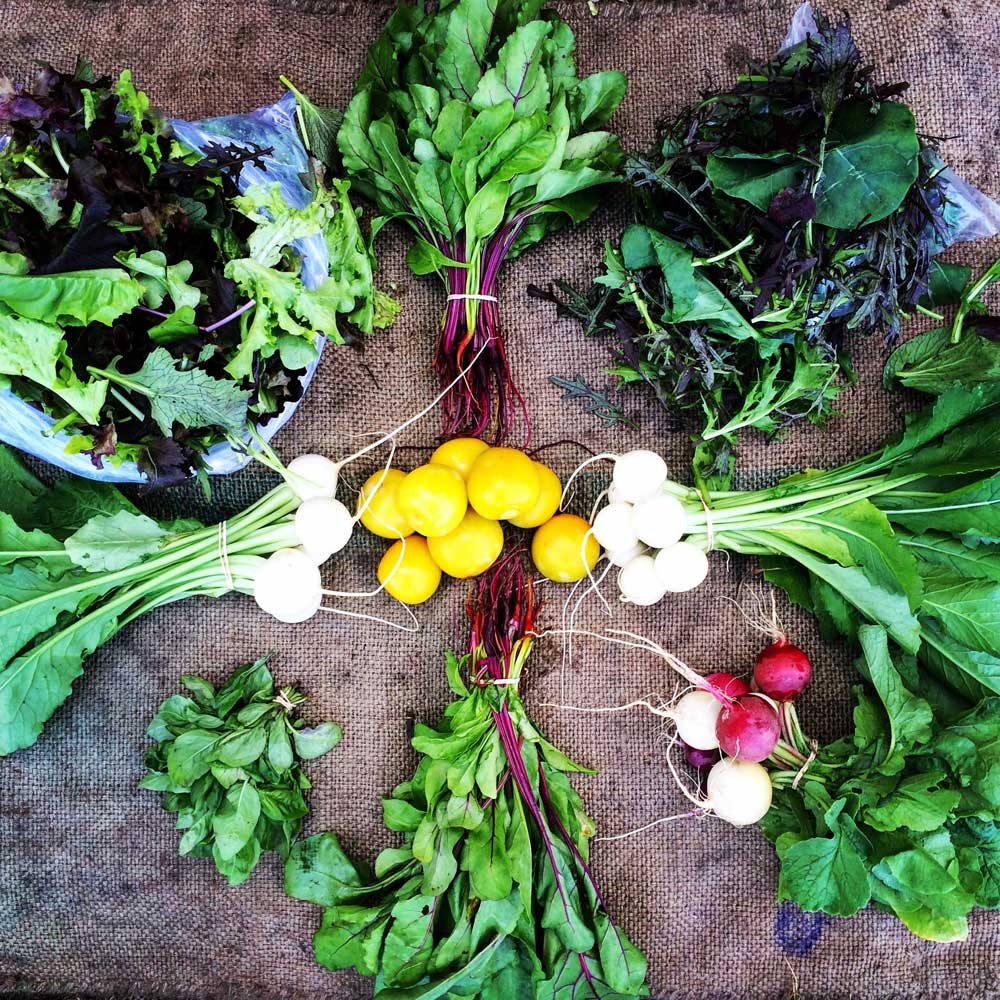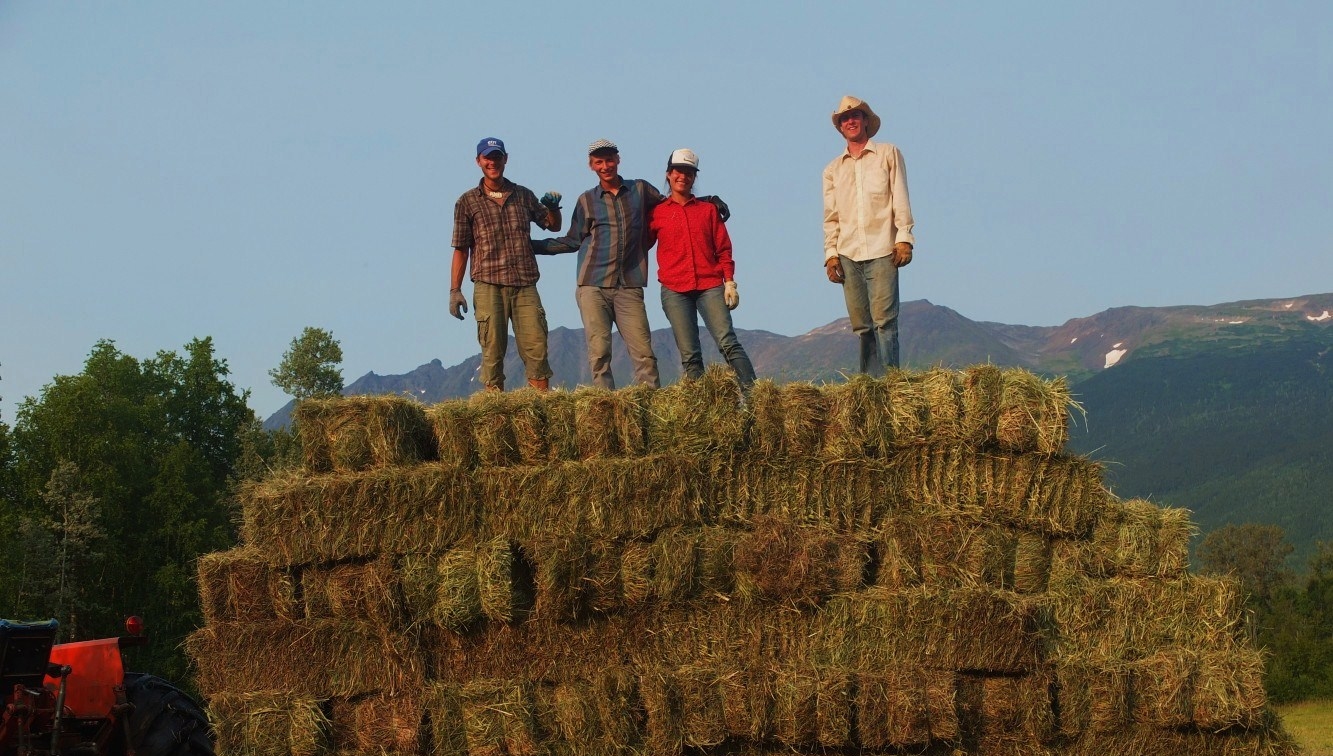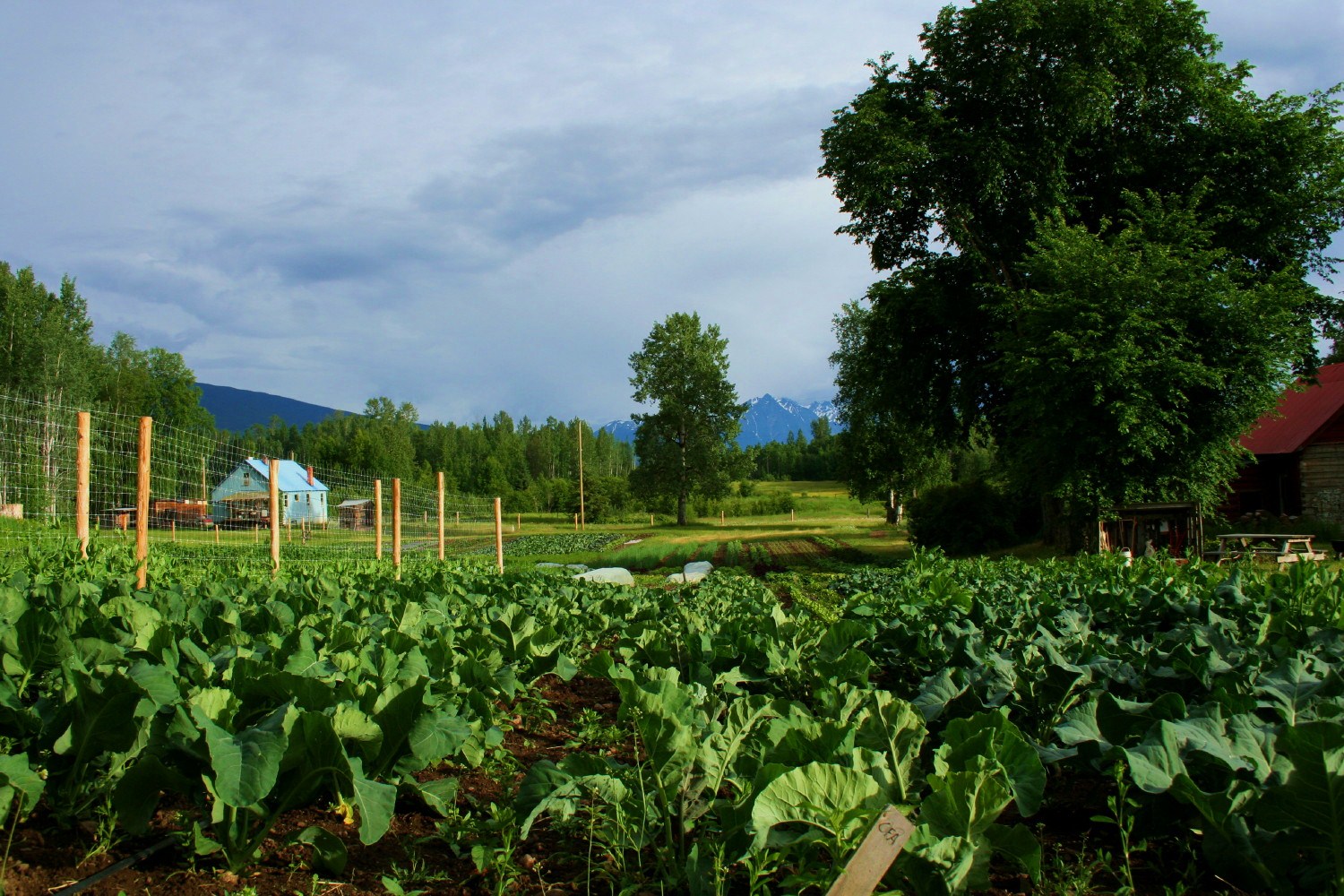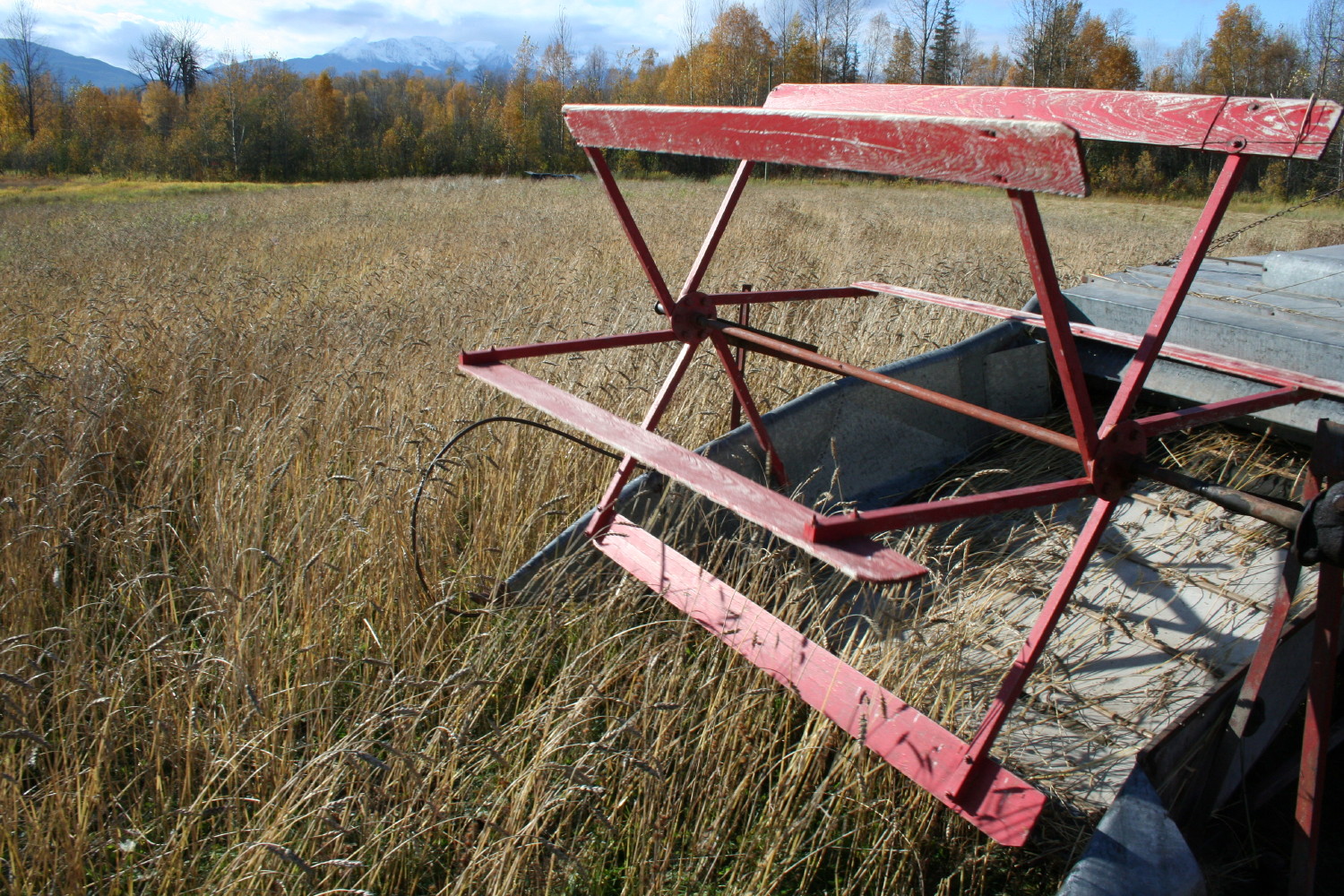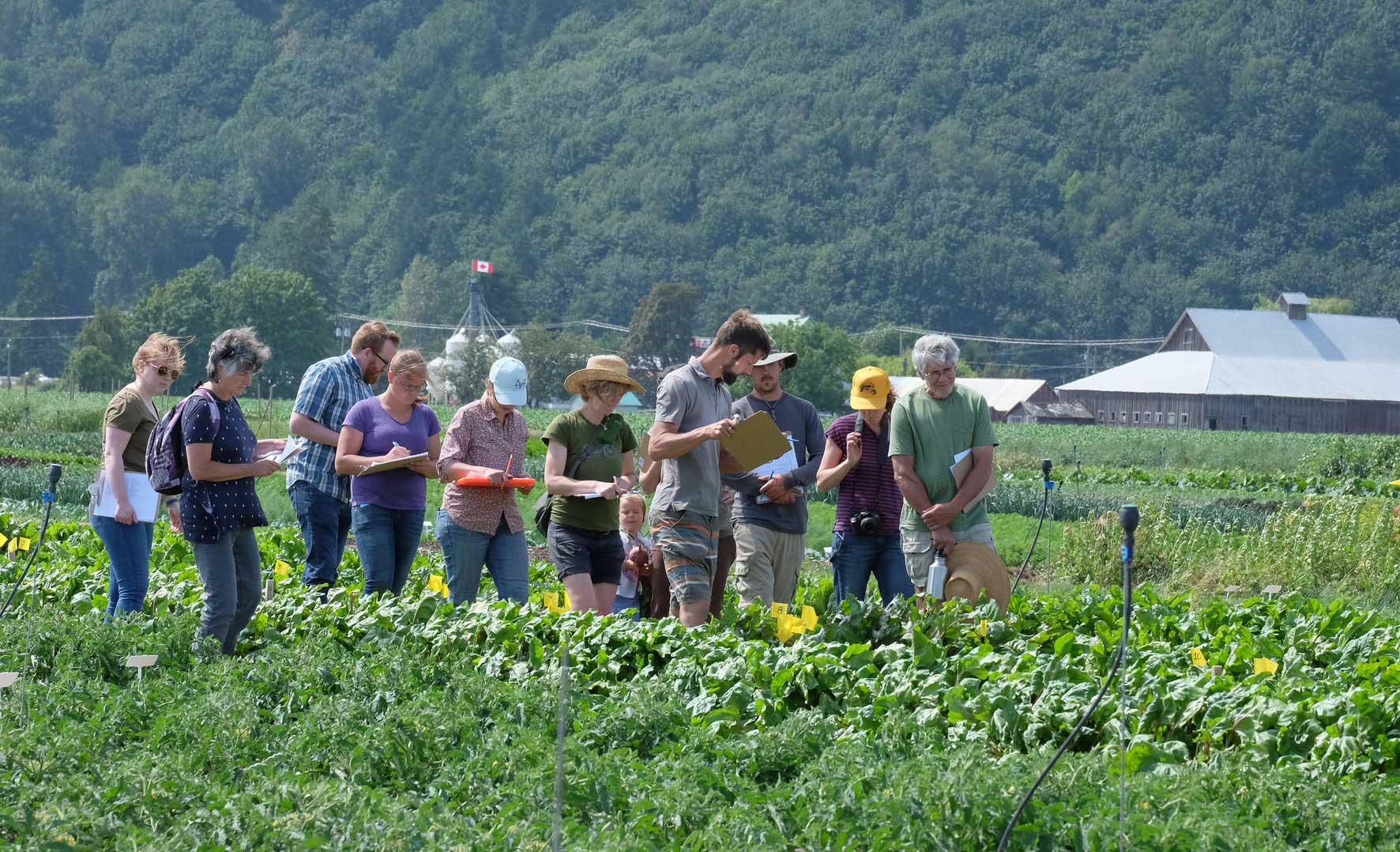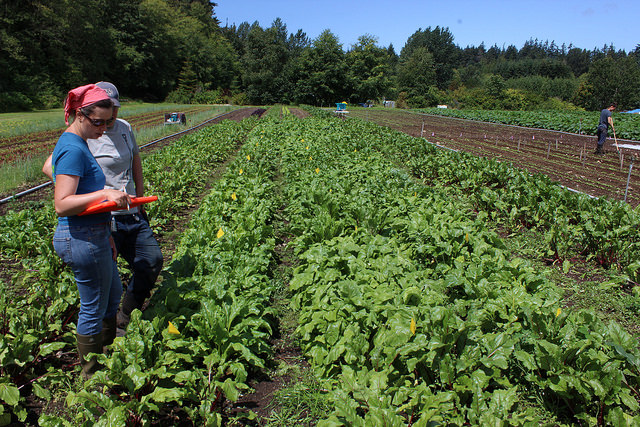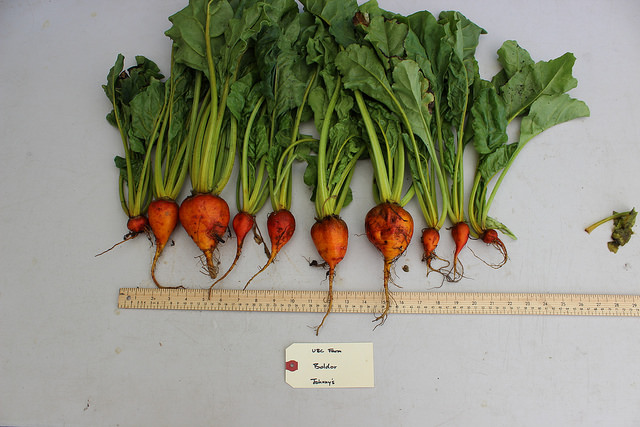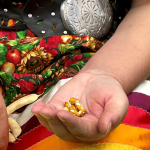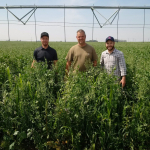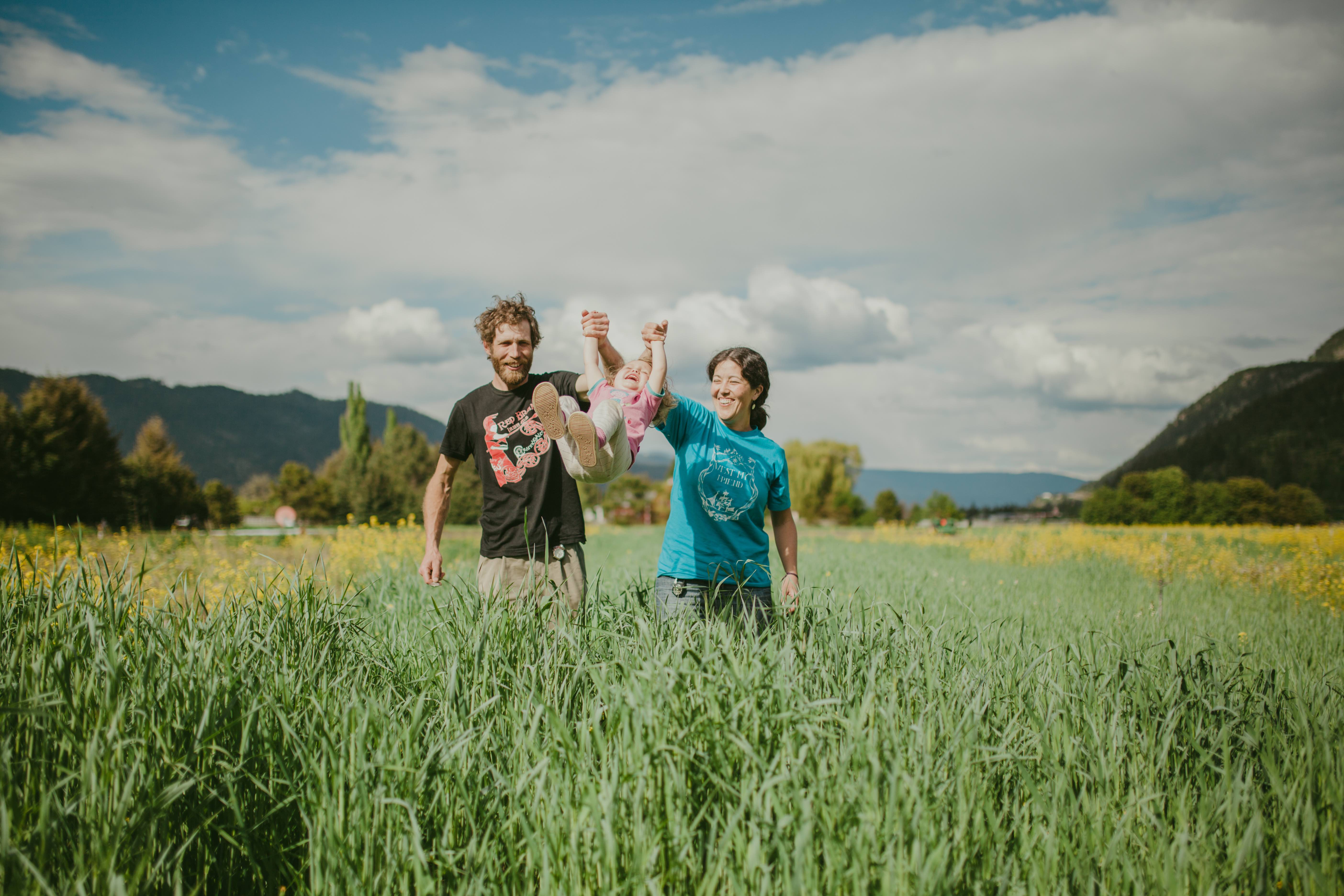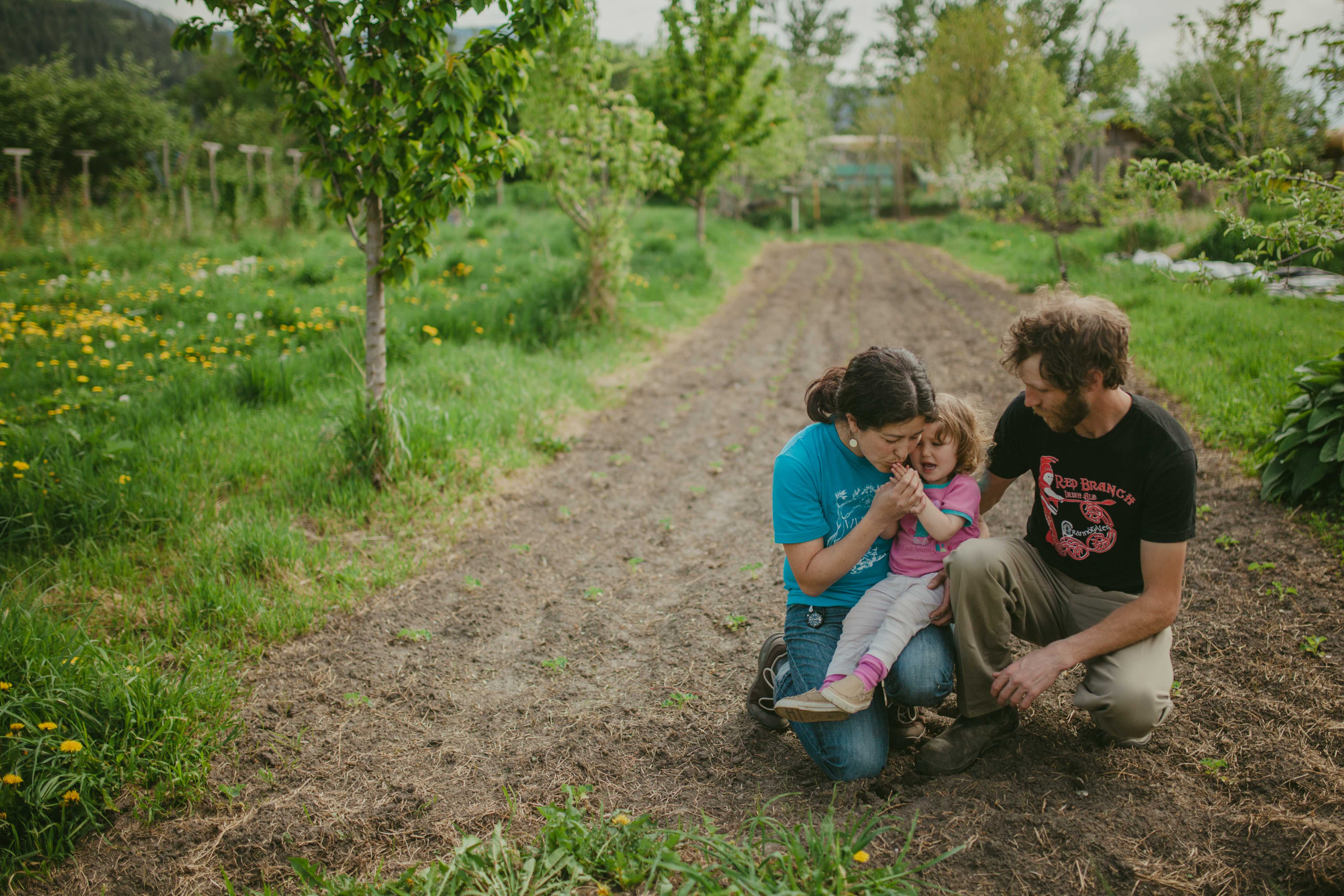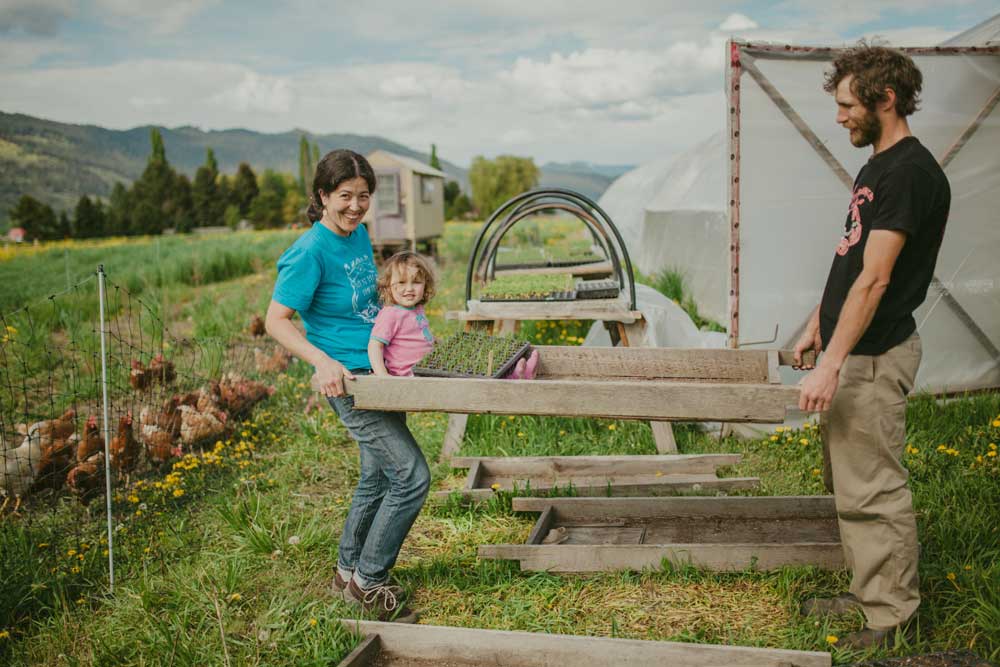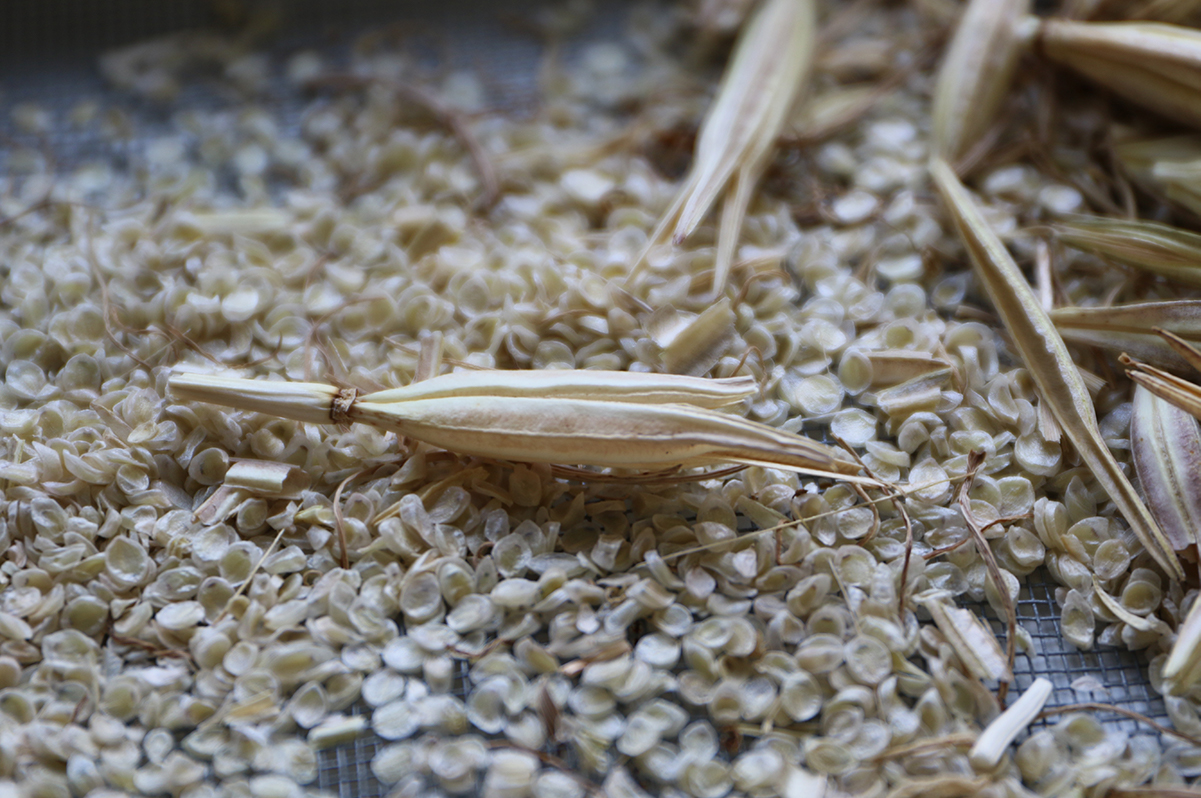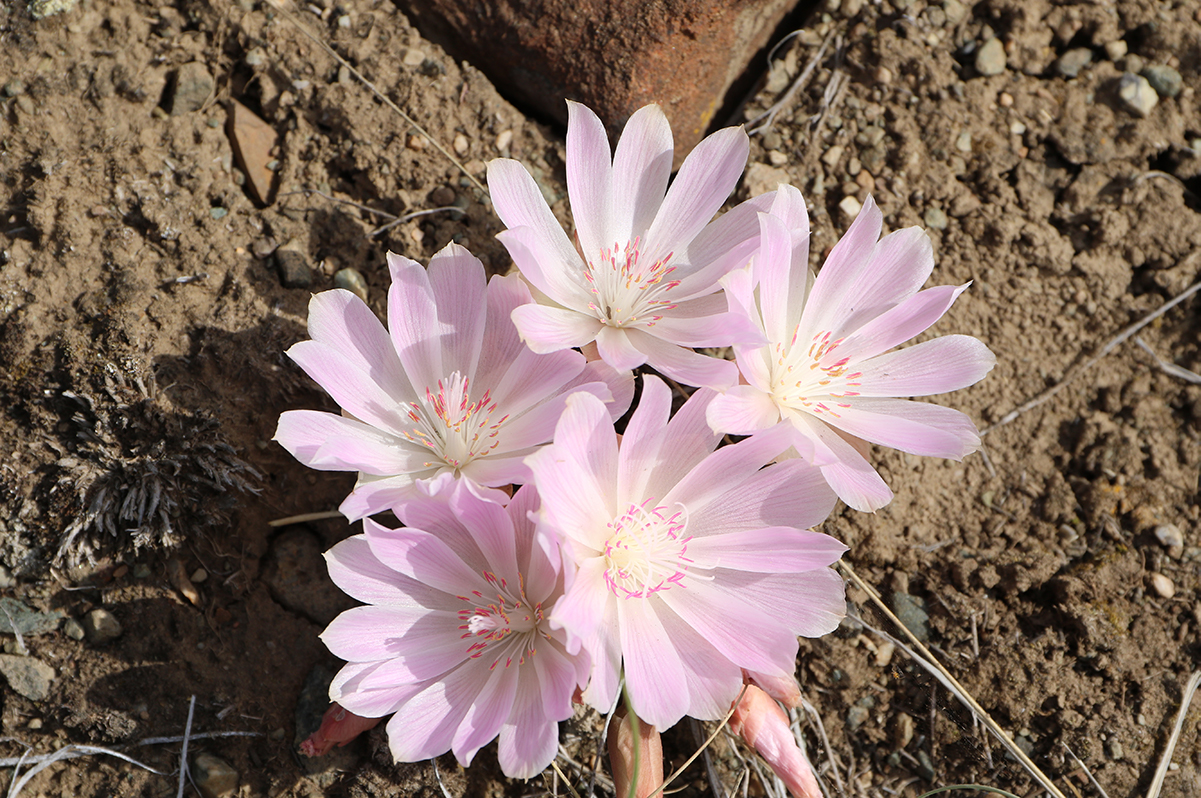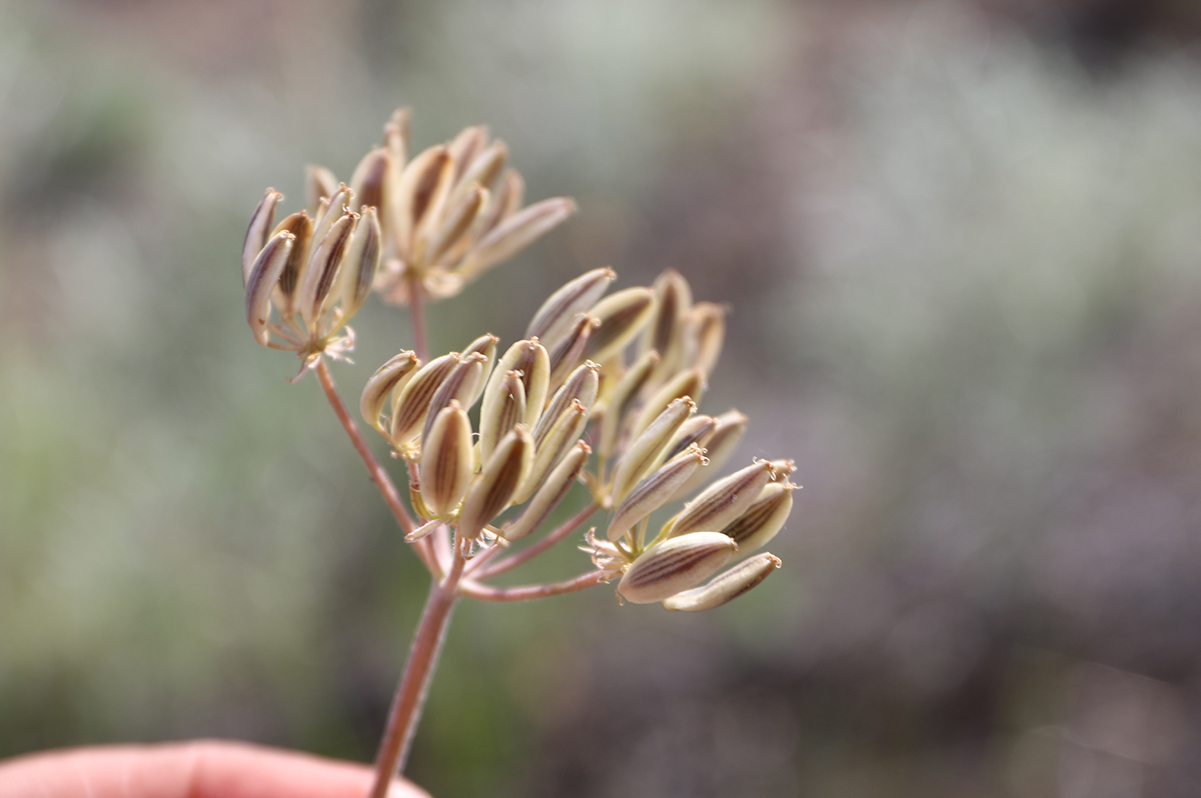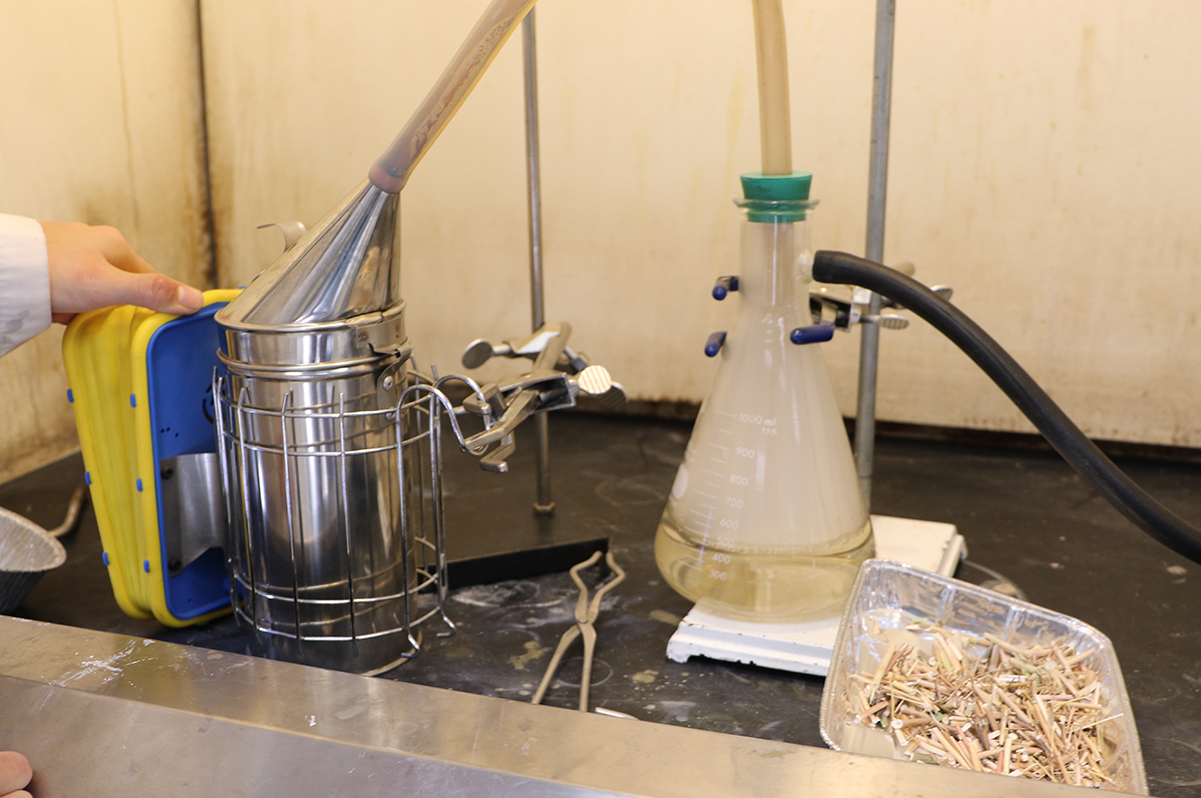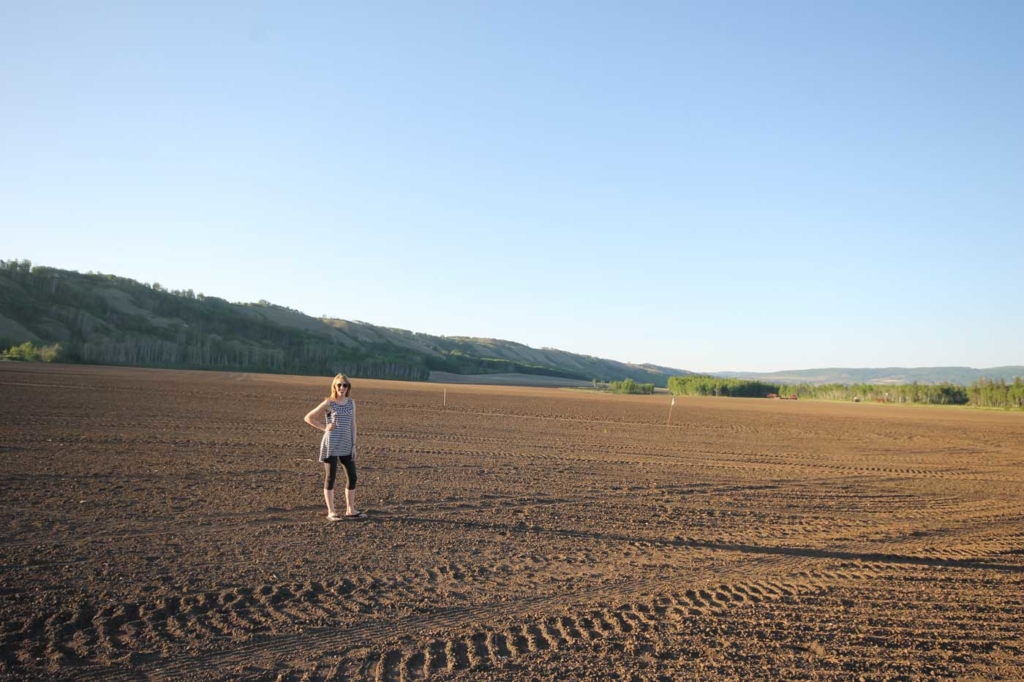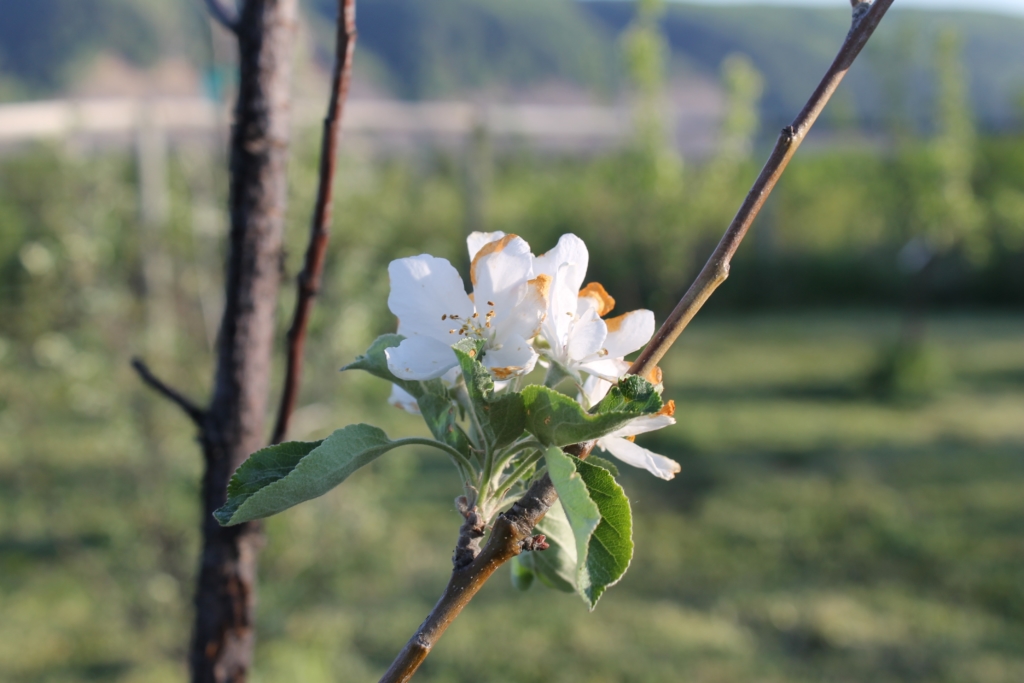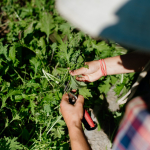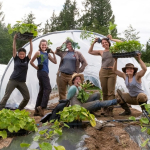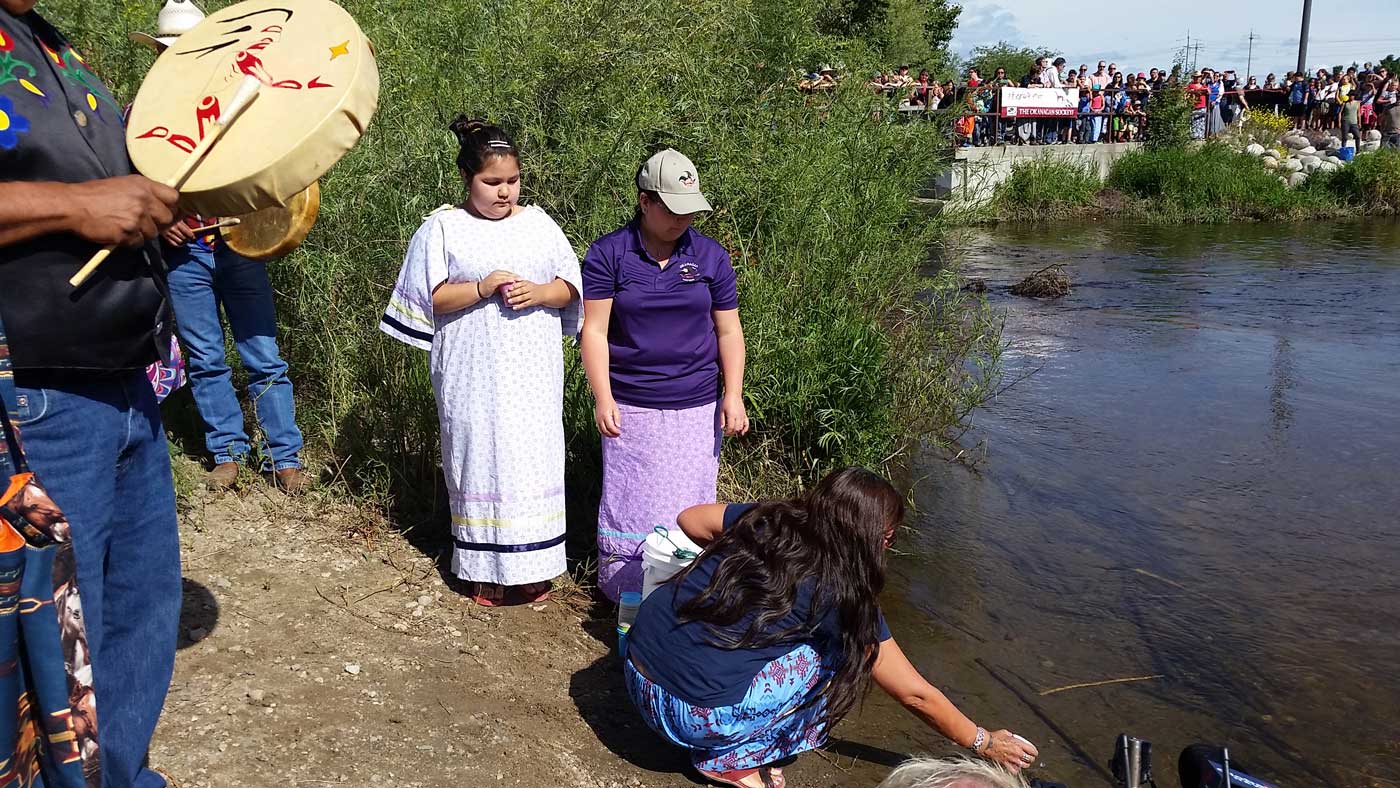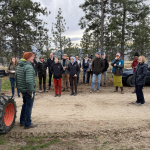Footnotes from the Field: Biochar

Marjorie Harris BSc, IOIA VO, P.Ag. with many thanks to Zbigniew Wierzbicki of Elderberry Lane Farm for sharing his knowledge and experience
Turning Wood into Long Term Soil Fertility
Hooray! Biochar has arrived in the new PSL Nov. 25th 2015 edition!
Biochar is considered an excellent way to increase long term soil fertility. As an early pioneer in the farm production and use of biochar, Zbigniew Wierzbicki of Elderberry Lane Farm has always been eager to share the dos and don’ts of his biochar experience. Zbigniew is a strong advocate for the appropriate on-farm use of biochar and its correct production techniques.
The first question is; what is ‘Biochar’?
It seems to have appeared out of nowhere onto the COR PSL. The term Bio-char (biomass derived black carbon) was only coined in 2006 by Dr. Johannes Lehmann at Cornell University’s Crop and Soil Sciences department. Interest in biochar stems from the relatively obscure history and puzzling existence of the Terra Preta (literally ‘black soil’) or ‘dark earths’ scattered throughout the Amazon Basin which have caused much recent scholarly discussion, research and theorizing.
The current consensus is that Pre-Colombian peoples between 2500 to 500 B.P. created the Terra Preta by adding burnt agricultural wastes and pottery kiln ashes to their gardening soils. The Terra Preta soils were first reported in 1542, by the Spanish explorer Francisco de Orellana, to the Spanish court about his discovery of fertile lands supporting a large civilization living in the Amazon rain forest. However, by the time further expeditions arrived, the indigenous Amazonian populations had succumbed to European diseases and the existence of their civilization along with the fertile soils drifted into myth and legend.
In 1885, Cornell University professor, Dr. Charles Hartt described the Amazonian ‘dark earths’. Finally in the
20th century research and interest in the Terra Preta took off after Dutch soil scientist Wim Sombroek reported pockets of rich soils in his 1966 book, Amazon Soils.
Amazingly, these soils created more than a thousand years ago still demonstrate sustainably fertility that support astounding growth potentials compared to their neighbouring poor quality soils. They are rich in mineral nutrients and contain high concentrations of organic matter, on average three times higher than in the surrounding
soils.
The Pyrolytic Process
The pyrolytic process involves heating the biomass materials in the absence of oxygen. This causes a chemical reaction process whereby carbon transforms into highly interlinked aromatic chains forming a very porous and absorbent product. Pyrolytic heating causes 75% loss of the original biomass while retaining 50% of the plant carbon. The highest temperature reached during pyrolysis influences the molecular structure and the nal pore size and pore distribution, factors that govern its absorptive behaviour in the environment.
The resulting biochar is highly stable and resistant against microbial decay for thousands of years. Biochar increases overall surface area in the soil that can provide niches for increased microbial populations, which aid in reducing plant diseases, such as damping off, by mechanisms that are still unclear. Studies have demonstrated that biochar treated soils mitigate greenhouse gas emissions by reducing nitrous oxide release by up to 90% and by sequestering carbon compound residence time for thousands of years. Biochar also holds nitrogen, phosphorus, and many other minerals for slow release, while increasing the cation exchange capacity (CEC) and water retention ability of the soil.

Activating the Biochar
As Zbigniew notes, the fresh biochar must first be “activated” by absorbing nutrients. Scattering a light layer of biochar on the barn oor will let the biochar absorb the nutrients from the straw-manure litter while keeping the barn oor sweet and protecting livestock feet from diseases. Biochar can also be charged by soaking it for two to four weeks in any liquid nutrient (urine, plant tea, etc.). If the biochar is not properly activated before being applied to the soil it will absorb the available soil nutrients to fill its absorptive capacity, depleting the soil. Once properly activated by adsorbing the ammonia (NH3) from barn urine and manure, biochar becomes an excellent slow release fertilizer full of bioavailable nitrogen compounds lodged in the carbon pores waiting for release by microbial action. There is evidence that biochar is beneficial to arbuscular mycorrhizal fungi that develop symbiotic relationship with plant roots for greater nutrient uptake.
How to Make Your Own Biochar
1. How to stack wood: Zbigniew emphasizes that biochar burning must be a top down process. The wood stacking method is opposite from what is learned in Boy Scouts, where small kindling is placed on the bottom, Zbigniew explains. When making biochar you place the large wood pieces on the bottom in a pit or trench and pile the small wood on the top, causing the pile to burn downward. Using this stacking method causes the volatile gases that form as the biomass heats up to be consumed by the high temperatures at the top of the pile instead of being released into the air, as is the case in a normally constructed fire.
2. Dig a trench or pit: and bury all of the roots, slash, and large logs. Compact the pile, and put lighter material on top. The intensity of the fire is so incredible that there is no smoke, it creates a very clean burn, and a large amount of biochar is produced. Cover the red hot coals with dirt or if you have a burning pit, cover it to finish the process in a reduced oxygen environment. This prevents the formation of polycyclic aromatic hydrocarbons (PAH) in the kiln. Regular burning creates lots of PAH’s, which contaminate the soil and air.
3. Drenching is optional: Zbigniew drenches his biochar at the very end. The caution here is that the liquid from the biochar is very alkaline and the area the liquid goes cannot be used for gardening. Zbigniew has a permanent ditch for catching the liquid.
4. Activating the biochar: After the material is cold, crush into a fine gravel size for use on the bottom of the barn to catch urine and other nutrient goodies. Poultry barns and large livestock barns can all use biochar on the oor. Biochar is like a magnet absorbing minerals. As it absorbs minerals and urine from the animal waste it becomes activated.
5. Neutralizing the biochar: Remove from the barns when saturated and put into the compost with other crop and farm waste. The composting process helps neutralize it before spreading into the garden soil. The microbes of the garden soils will release the minerals from the biochar as they are needed. Because of this microbial release action the biochar will release mineral nutrients for a very long time.
6. Cautionary note: Zbigniew emphasizes that because biochar is so alkaline and so very long acting, it is very important to test your soils pH first. Although composting does move the biochar pH toward neutral you need to check your soil pH to manage it properly for long term changes.
marjorieharris@telus.net
All photos: Marjorie Harris
References:
Clough, T.J., Condron, L.M., Kamman, C., Müller, C. (2013). A Review of Biochar and Soil Nitrogen Dynamics. Agronomy, 3, 275-293; doi:10.3390/agronomy3020275.
Lehmann, J. (2012). Integrated biochar systems for soil fertility management. Cornell University, Mar 26.


